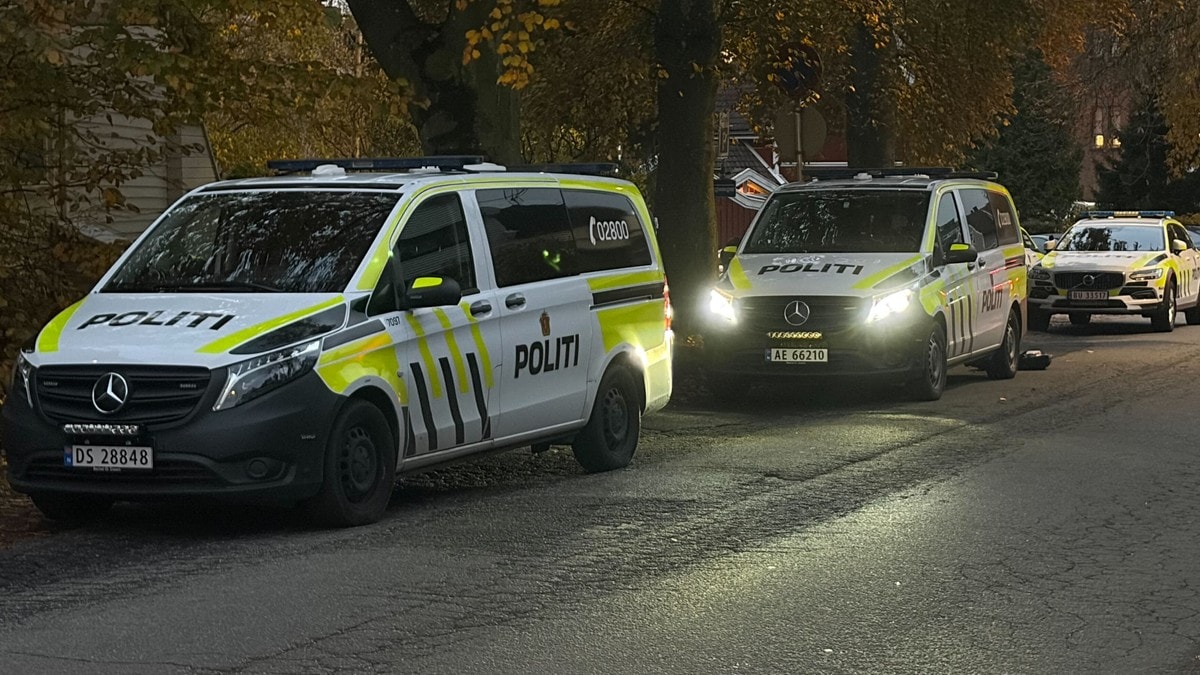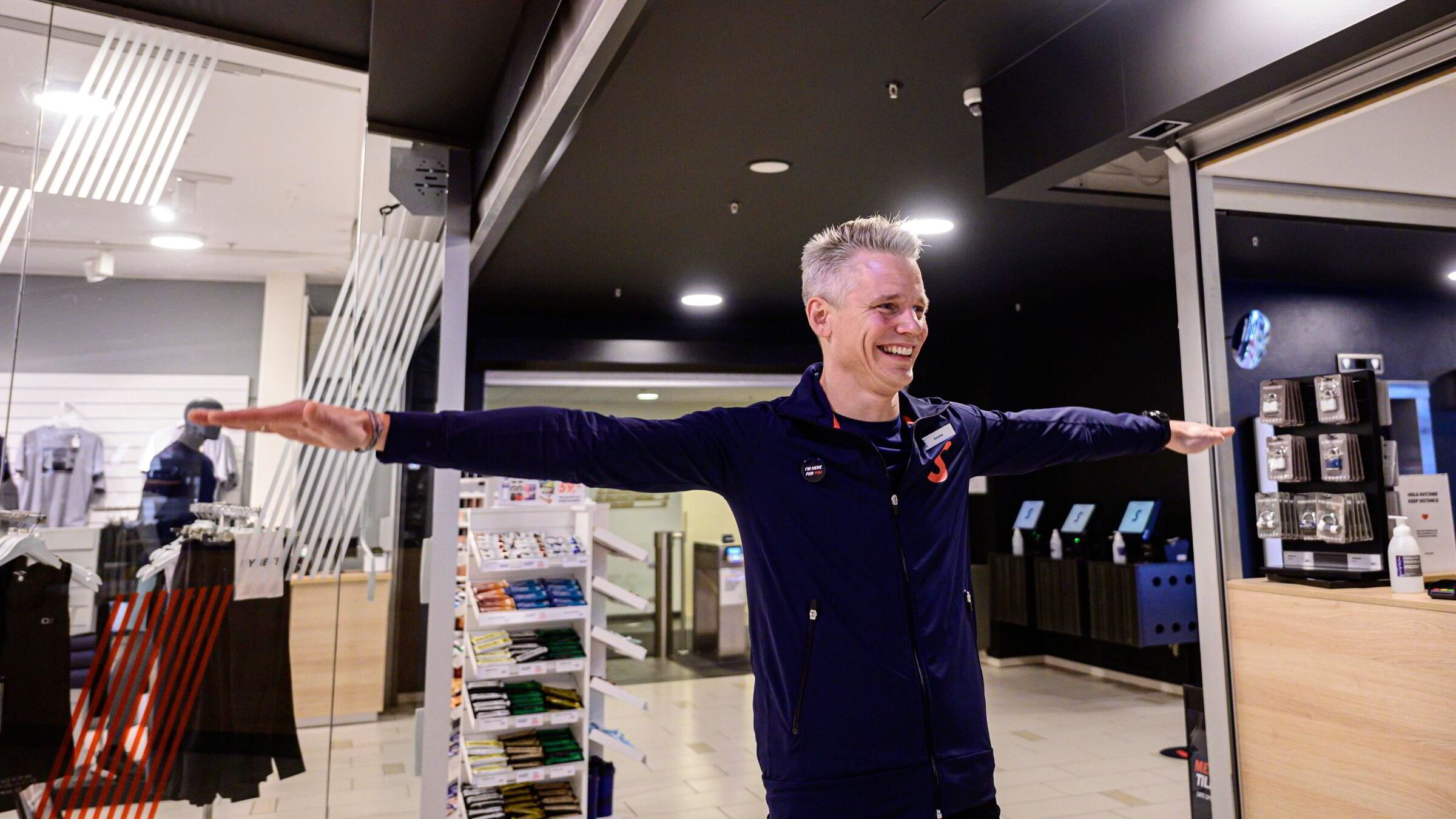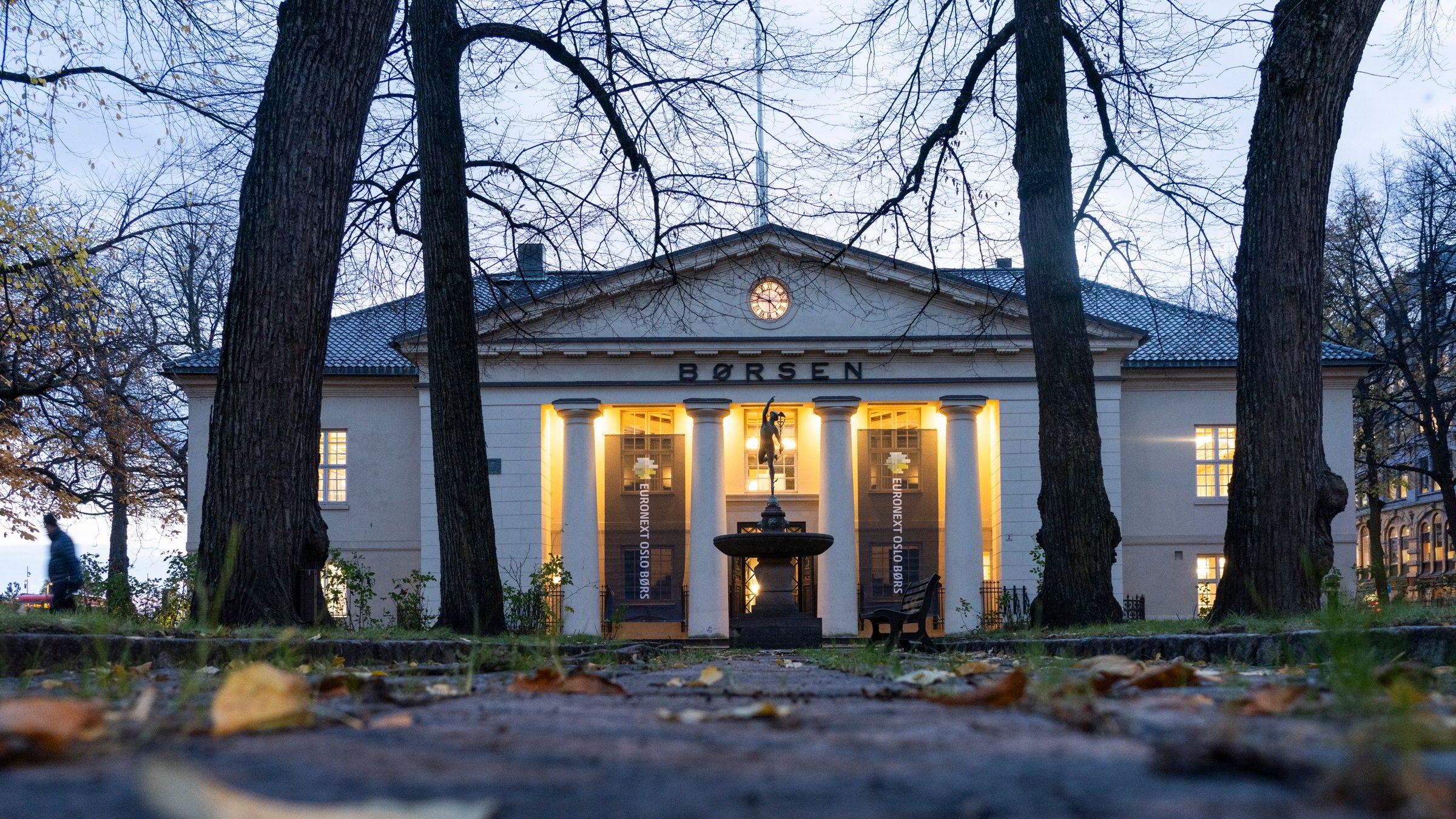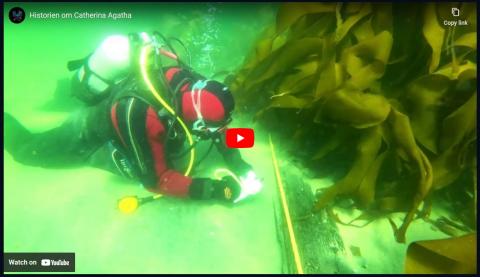12 Things Not To Do In Iceland
What are some things not to do in Iceland? Iceland is a dream destination for countless individuals, and planning a trip to this country presents more complexities than travelling to many other nations. However, numerous tourists fail to recognize the potential dangers associated with this wild and isolated destination. Some individuals engage in unnecessary risks, ultimately requiring rescue, and visitors have sustained injuries or even lost their lives due to accidents on cliffs, glaciers, and beaches. To keep you informed, we have compiled a list of 12 things not to do in Iceland so that you can have a memorable vacation. Let's get right to it with the first item on our list. Twelve. Don’t expect the Northern Lights in Summer Numerous travellers visit Iceland to witness the Northern Lights. However, many individuals are unaware that the Northern Lights are seasonal. They are most visible during the winter months, specifically from September to March, when the nights are at their longest. Observing them is not possible during the period of the midnight sun. To enhance your chances of witnessing the Northern Lights, avoid scheduling your trip during the full moon, and consider booking a tour with a knowledgeable guide who can lead you to the most favourable viewing locations. However, it is essential to remember that the appearance of the Northern Lights is unpredictable. Eleven. Don’t Book the Blue Lagoon at the Last Minute Situated near Keflavík Airport and considered the most popular attraction in Iceland, the Blue Lagoon usually experiences rapid bookings and frequent complete sell-outs. Therefore, for optimal convenience, planning your visit either upon your arrival or just before your departure is advisable. It is also advisable to secure your reservation for the Blue Lagoon at least two weeks in advance, particularly during the summer season. Conversely, if your visit occurs in the winter, booking closer to your travel date is acceptable. That way, you will have the chance to tour Iceland's most remarkable attraction. Ten. Don’t Plan too much Travel in too Little Time Among travellers, one of the most apparent things is the belief that they must see everything during their trip. It is essential to recognize that attempting to see everything is unrealistic. Accept this reality early in your planning process and create an itinerary that allows unexpected discoveries. For those embarking on a road trip along Iceland's Ring Road, allocate a minimum of eight days for the journey. Even with this timeframe, your schedule will be complete. If your visit is shorter, it may be more beneficial to stay in Reykjavík and explore one or two nearby towns within a few hours' drive. Nine. Don’t go into a Swimming Pool Without Showering First. There are things you shouldn’t do in Iceland, and one is to enter the pool without showering first. The regulations regarding this matter are stringent. Facilities provide separate showers for males and females, while swimsuits are required in the pool area. Showering before entering the pool serves an essential purpose. It aids in eliminating dirt, sweat, and various contaminants from the body, thereby contributing to the cleanliness of the pool water and minimizing the risk of transmitting germs. Additionally, this practice helps reduce the spread of waterborne illnesses, such as diarrhoea, swimmer's ear, and skin infections, which can occur when swimmers inadvertently ingest contaminated water. Eight. Don’t Take Out Too Much Cash Iceland is a nation where credit cards are accepted for nearly all transactions, and there is hardly any need for cash at any point. The expenses that might require cash in Iceland include public buses in Reykjavík. Occasionally, you may encounter a donation-based hot spring, but that is the extent of cash requirements. One of the benefits of using credit cards in Iceland is that your trip can yield a substantial number of rewards. However, you should refrain from engaging in travel hacking unless you consistently pay your credit card balance in full each month. Seven. Don’t Feed Horses In Iceland, horses are not found in the wild; they are entirely domesticated. They are typically enclosed within a farmer's property if encountered outside urban areas. Although individuals may feel inclined to feed them, this practice is prohibited and strongly discouraged. ✅ For business inquiries, contact me at everythinguk2040@gmail.com IMPORTANT INFORMATION This video contains images that were used under a Creative Commons License. If you have any issue with the photos used in my channel or you find something that belongs to you before you claim it to YouTube, please SEND ME A MESSAGE and I will DELETE it immediately. Thanks for understanding. Click here to see the full list of images and attributions: https://docs.google.com/document/d/1vpNeufptSRSY9IXWkmCp7NnrvA-ZzUth11zWcyUH7DM/edit?usp=sharing #iceland

 What are some things not to do in Iceland? Iceland is a dream destination for countless individuals, and planning a trip to this country presents more complexities than travelling to many other nations. However, numerous tourists fail to recognize the potential dangers associated with this wild and isolated destination. Some individuals engage in unnecessary risks, ultimately requiring rescue, and visitors have sustained injuries or even lost their lives due to accidents on cliffs, glaciers, and beaches.
What are some things not to do in Iceland? Iceland is a dream destination for countless individuals, and planning a trip to this country presents more complexities than travelling to many other nations. However, numerous tourists fail to recognize the potential dangers associated with this wild and isolated destination. Some individuals engage in unnecessary risks, ultimately requiring rescue, and visitors have sustained injuries or even lost their lives due to accidents on cliffs, glaciers, and beaches.
To keep you informed, we have compiled a list of 12 things not to do in Iceland so that you can have a memorable vacation. Let's get right to it with the first item on our list.
Twelve. Don’t expect the Northern Lights in Summer
Numerous travellers visit Iceland to witness the Northern Lights. However, many individuals are unaware that the Northern Lights are seasonal. They are most visible during the winter months, specifically from September to March, when the nights are at their longest. Observing them is not possible during the period of the midnight sun. To enhance your chances of witnessing the Northern Lights, avoid scheduling your trip during the full moon, and consider booking a tour with a knowledgeable guide who can lead you to the most favourable viewing locations. However, it is essential to remember that the appearance of the Northern Lights is unpredictable.
Eleven. Don’t Book the Blue Lagoon at the Last Minute
Situated near Keflavík Airport and considered the most popular attraction in Iceland, the Blue Lagoon usually experiences rapid bookings and frequent complete sell-outs. Therefore, for optimal convenience, planning your visit either upon your arrival or just before your departure is advisable. It is also advisable to secure your reservation for the Blue Lagoon at least two weeks in advance, particularly during the summer season. Conversely, if your visit occurs in the winter, booking closer to your travel date is acceptable. That way, you will have the chance to tour Iceland's most remarkable attraction.
Ten. Don’t Plan too much Travel in too Little Time
Among travellers, one of the most apparent things is the belief that they must see everything during their trip. It is essential to recognize that attempting to see everything is unrealistic. Accept this reality early in your planning process and create an itinerary that allows unexpected discoveries. For those embarking on a road trip along Iceland's Ring Road, allocate a minimum of eight days for the journey. Even with this timeframe, your schedule will be complete. If your visit is shorter, it may be more beneficial to stay in Reykjavík and explore one or two nearby towns within a few hours' drive. Nine. Don’t go into a Swimming Pool Without Showering First. There are things you shouldn’t do in Iceland, and one is to enter the pool without showering first. The regulations regarding this matter are stringent. Facilities provide separate showers for males and females, while swimsuits are required in the pool area. Showering before entering the pool serves an essential purpose. It aids in eliminating dirt, sweat, and various contaminants from the body, thereby contributing to the cleanliness of the pool water and minimizing the risk of transmitting germs. Additionally, this practice helps reduce the spread of waterborne illnesses, such as diarrhoea, swimmer's ear, and skin infections, which can occur when swimmers inadvertently ingest contaminated water.
Eight. Don’t Take Out Too Much Cash
Iceland is a nation where credit cards are accepted for nearly all transactions, and there is hardly any need for cash at any point. The expenses that might require cash in Iceland include public buses in Reykjavík. Occasionally, you may encounter a donation-based hot spring, but that is the extent of cash requirements. One of the benefits of using credit cards in Iceland is that your trip can yield a substantial number of rewards. However, you should refrain from engaging in travel hacking unless you consistently pay your credit card balance in full each month.
Seven. Don’t Feed Horses
In Iceland, horses are not found in the wild; they are entirely domesticated. They are typically enclosed within a farmer's property if encountered outside urban areas. Although individuals may feel inclined to feed them, this practice is prohibited and strongly discouraged.
✅ For business inquiries, contact me at everythinguk2040@gmail.com
IMPORTANT INFORMATION
This video contains images that were used under a Creative Commons License.
If you have any issue with the photos used in my channel or you find something that belongs to you before you claim it to YouTube, please SEND ME A MESSAGE and I will DELETE it immediately. Thanks for understanding. Click here to see the full list of images and attributions:
https://docs.google.com/document/d/1vpNeufptSRSY9IXWkmCp7NnrvA-ZzUth11zWcyUH7DM/edit?usp=sharing
#iceland


























































